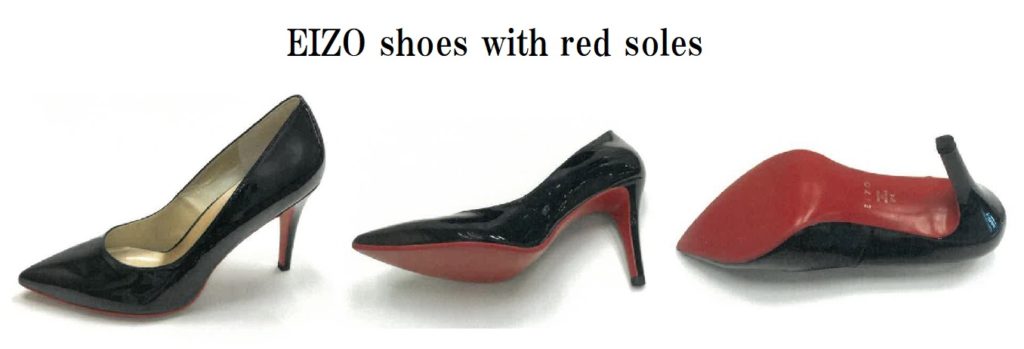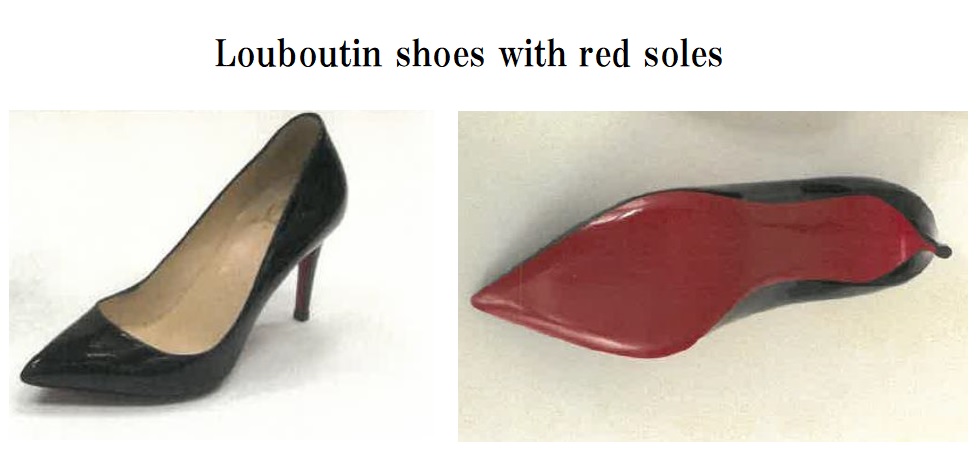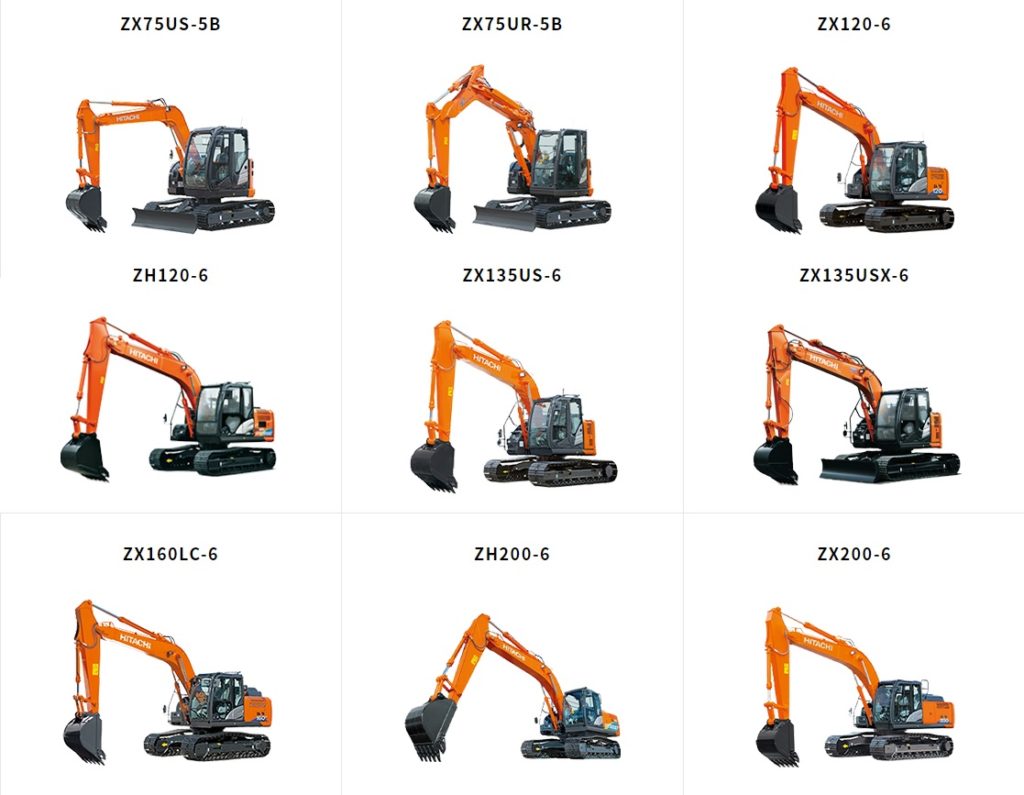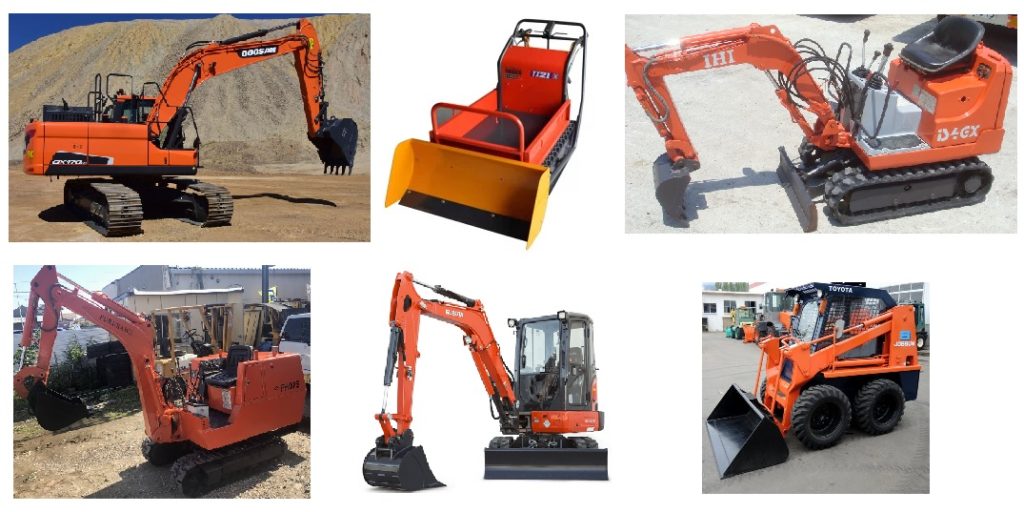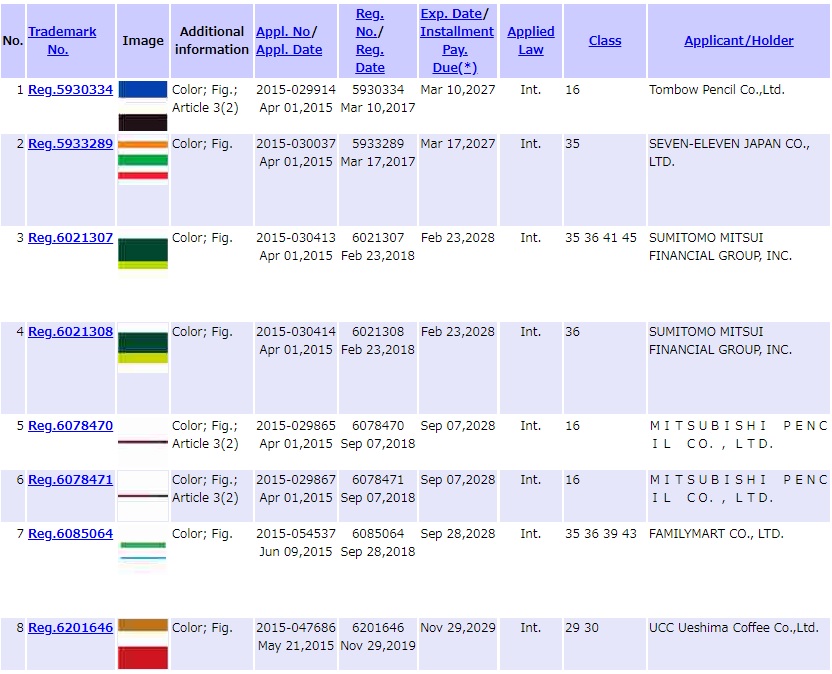In a series of Louboutin’s legal challenge to claim exclusive right over red soles, the Japan IP High Court, on the heels of the dismissal of Louboutin’s infringement claim on December 26, 2022, affirmed the JPO rejection to TM Application no. 2015-29921 for a red colored mark in sole and ruled Louboutin’s red soles shall be unregistrable under the Trademark Law on January 30, 2023.
[Court case no. Reiwa 4(Gyo-ke)10089]Louboutin’s Red Soles
Fast on the heels of the introduction to register color marks in Japan, Christian Louboutin filed a trademark application for a color mark consisting of a red (Pantone 18-1663TP) colored in soles (see below) for use on high heels in class 25 on April 1, 2015 (TM App no. 2015-29921).
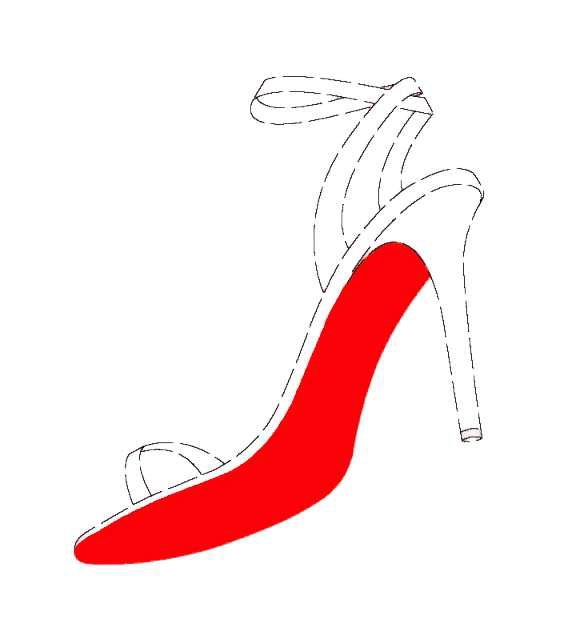
JPO Rejection
The JPO Appeal Board found the color mark perse lacks distinctiveness in relation to the goods in question by taking into account the fact that a lot of shoes with red-colored soles have been distributed by other shoemakers in Japan.
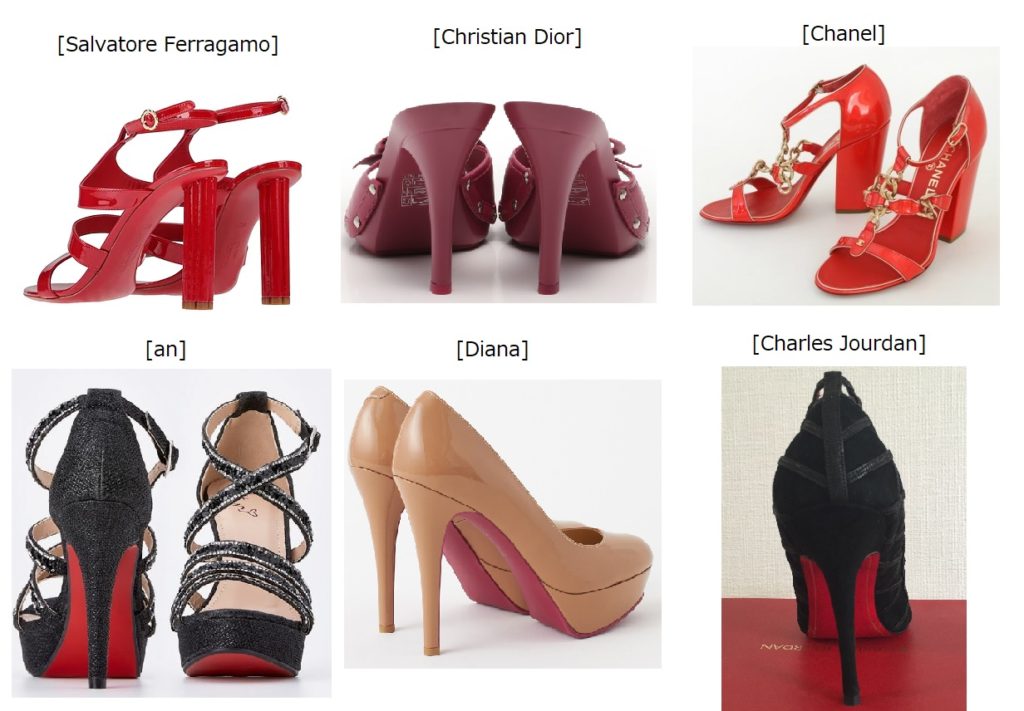
Besides, under the current trade practice, the Board considered it will inevitably cause a severe disorder and excessive restriction to competitors if it allows registration of a red color that has been freely used in the relevant industry to enhance the aesthetic appearance of shoes. Based on the foregoing, the JPO concluded the color mark shall not be registrable under Article 3(2) as well.
Louboutin brought the case to the IP High Court and appealed to cancel the JPO decision.
IP High Court decision
In the decision, the IP High Court expressed a view that a trademark consisting of a single color shall not be registrable unless it has acquired an extremely high degree of recognition to indicate a specific source as a result of substantial use to the extent that exclusive use of the color would not cause detrimental effect to the public in general.
In this respect, the court affirmed the JPO findings that a lot of heels with red-colored soles have been distributed by other shoemakers in Japan for years and negated the inherent distinctiveness of the red-colored mark.
In the assessment of acquired distinctiveness, the court found the survey that demonstrated 51.6% of the interviewees (3,149 females, aged from 20 to 50) having a domicile in three big cities (Tokyo, Osaka, or Nagoya) was insufficient to find acquired distinctiveness of the red soles among relevant consumers, assuming that the percentage would become lower if the survey targets more females residing in other cities nationwide.
Even if Louboutin’s red soles have become famous among consumers who have a high interest in luxury brands, the Court has no reason to believe that the red colored mark has acquired an extremely high degree of recognition as a source indicator to the extent that general public would tolerate its exclusive use on soles.
Based on the foregoing, the IP High Court affirmed the JPO decision and dismissed entire allegations by Louboutin.
Consequently, Louboutin’s legal challenge was decisively blown off by two IP High Court rulings unless the Supreme Court holds out its hand on Louboutin.

